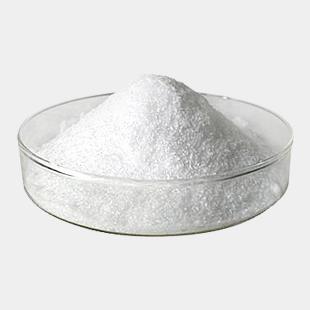Papaya is a genus of papaya belonging to Rosaceae. It is an ancient local variety in Linyi. Its fruit is nutritious and has high medicinal value. In 2003, Caozhuang Town introduced 1000 acres of papaya, mainly Luofu and Changjun. At present, the growth is good. Now China Agricultural Network will introduce the cultivation techniques of high yield papaya in Daejeon as follows:
1 Planting
Papaya is suitable for dense planting, thin hills in mountainous areas, with a spacing of 1.5 to 2 meters and 3 meters in average, good land for fertilizers and water, spacing between rows of 2 to 3 meters and 4 to 5 meters is appropriate. When intercropping with grain and vegetables, the row spacing is 3 to 5 5~6 meters is appropriate. Papaya can be planted in spring, but it can also be planted in the autumn. After planting, it can be dried at 70-80 cm above the ground. When germinating, the buds within 50 cm of the base of the roots and stems are promptly removed, and excessive shoots are properly removed.
2 Soil and Fertilizer Water Management
Papaya has strong adaptability, strict soil requirements, resistance to barrenness, salt and alkali resistance, and impatience. Most of the base fertilizers in papaya gardens are applied in autumn, and the amount of basal fertilizer accounts for about 70% of the total annual application volume. The topdressing should be carried out according to the growth status of the papaya tree during the maximum fertilization period. Fruit trees should be applied in time to apply fertilizer before flowering, fertilizer after flowering, fruit enlargement and fertilizer, and 0.2~0.3 kg of special fertilizer for fruit trees before flowering. In peacetime, combined with pest control and spraying of 0.2% urea and 0.2% of potassium dihydrogen phosphate. The fruit enlargement period is mainly based on phosphorus and potash fertilizers. Autumn basal fertilization, the results of the tree each application of organic fertilizer 10 to 15 kg, and mix in 0.5 to 1.0 kg of ternary compound fertilizer, young trees fertilization amount reduced. After irrigation fertilize the water thoroughly and pay attention to water control during the flowering period. Planted trees should be covered with plastic film or covered with grass after planting in dry areas.
3 Flower and Fruit Management
Papaya self-pollination has high seed setting rate, easy fruit setting, bee-letting or artificial pollination during flowering, which can increase fruit setting rate. Papaya fruit has self-clearance phenomenon, poor pollination of the fruit will automatically fall off, so every year in early May after fruiting only sparse fruit, deformed fruit can be.
4 Shaping and trimming
After grafting, the papaya tree is relatively upright and can be cut into a cup shape after being trimmed. It has a cylindrical or elongated spindle shape, and is mainly composed of a slender spindle, a tree height of 2.1 to 2.3 meters, and a crown diameter of 1.2~. 1.8 meters, dry height 0.5 to 0.6 meters, the main stem on the 8 to 12 staggered main branches, adjacent main branch spacing 20 to 30 cm, each main branch bearing 1 to 3 results Zhizu. The main branch should be put slowly in order to promote the development of short and medium branches. Pruning is mainly sparse. In the growing season, attention should be paid to the removal of competitive stems in the stem, erect leggy branches in the crown, dense branches, thin and weak branches, and pests and branches. Branching parts can be left 1 ~ 2 buds short cut, promote branching, the results of aging branches should be retracted in a timely manner.
5 Pest control
The main pests and diseases of papaya are: leaf spot disease and ring spot disease. Anthracnose, dry rot, locust, red spider, papaya, peach borer, pear hibiscus, moth, etc. Control methods: spraying imidacloprid oleoresin 3000 times in early March, from late May to early June and early July Each spray 1 time 30% peach Xiaoling EC 500 times and 50% carbendazim wettable powder 600~800 times mixture, prevent papaya lice, moth, peach borer and leaf spot, etc., from late July to deciduous , Interval 20 ~ 25 days, alternating spray 70% mancozeb 800 times, 50% carbendazim WP 600 ~ 800 times, equal to Bordeaux mixture and other fungicides, a total of 3 to 4 times. At the same time pay attention to the prevention and control of various caterpillars, pear wood lice and other pests, clean up the orchard after the winter, remove fallen leaves, stale fruit, pests and branches, concentrated burning.
Citric Acid is mainly used as flavoring agent, preservative and antistaling agent in food and beverage industry. Citric Acid also can be used as antioxidant, plasticizer, detergent in chemical, cosmetics and detergent industries. As a food additive, Citric Acid Anhydrous is an essential food ingredient in our food supply. As a leading Food Additives and food ingredients supplier in China, we can provide you with high quality Citric Acid Anhydrous.

Citric Acid,Citric Acid Anhydrous,Citric Acid Monohydrate,Food Additives Citric Acid
Shandong Tiancheng Chemical Co., Ltd. , https://www.tianchengchemical.com